Gang Gang cockatoo for Sale
$1,000.00 – $1,300.00Price range: $1,000.00 through $1,300.00
Gang Gang cockatoo for Sale – Gang Gang cockatoo Birds
Gang Gang Cockatoo for sale (Callocephalon fimbriatum) is a small species of cockatoo endemic to southeastern Australia. They are well-known for their unusual appearance and their creaky, door-hinge-like call. The name “Gang Gang” is derived from an Aboriginal language and reflects the bird’s unique vocalizations.
If you’re fascinated by exotic parrots, Gang Gang Cockatoo birds will undoubtedly catch your eye. With their striking red crests, smoky gray plumage, and gentle personalities, these Australian natives are among the most unique cockatoos in the world.
Whether you’re a bird enthusiast, conservation advocate, or someone curious about these stunning creatures, this comprehensive guide will explore everything you need to know about Gang Gang Cockatoos—covering their habitat, behavior, diet, conservation status, and more.
Quick Facts:
-
Scientific Name: Callocephalon fimbriatum
-
Size: Around 12–14 inches
-
Weight: 250–300 grams
-
Lifespan: 30–50 years in captivity
-
Native Habitat: Temperate forests of southeastern Australia
Unique Appearance
What makes Gang Gang Cockatoo birds so distinctive is their coloring and crest:
-
Males sport a bold red head and crest, contrasted by soft grey bodies.
-
Females lack the red but have subtle orange and yellow scalloping across their chest and belly.
Their soft, wispy crest feathers give them a unique, fluffy appearance compared to other cockatoos, making them a favorite among birdwatchers and photographers.
Behavior and Temperament
If you’re curious about how Gang Gang Cockatoo birds behave in the wild or captivity, here’s what you need to know:
1. Social but Not Overbearing
Unlike some other cockatoo species that demand constant attention, Gang Gangs are more independent. They’re still social and bond with their flock or human caregivers but are generally more relaxed.
2. Vocalizations
Their signature sound is a raspy creak, often compared to a rusty hinge or croaking frog. They’re not known for talking like African Greys or Amazons, but their calls are distinctive and endearing.
3. Playful and Curious
Gang Gangs enjoy exploring their environment, playing with toys, and chewing on natural materials. They require regular enrichment to prevent boredom, especially in captivity.
Diet and Nutrition
In the wild, Gang Gang Cockatoos eat a diverse diet made up of:
-
Eucalyptus and acacia seeds
-
Native berries
-
Fruits
-
Insects and larvae (especially during breeding season)
In captivity, a balanced diet for Gang Gangs includes:
-
High-quality pelleted food
-
Fresh fruits (e.g., apples, pears, berries)
-
Leafy vegetables (e.g., kale, spinach, broccoli)
-
Occasional nuts and seeds
-
Access to clean, fresh water
Avoid feeding them chocolate, caffeine, avocado, alcohol, and high-fat or sugary foods.
Housing and Captivity Considerations
Though not commonly kept as pets due to legal restrictions and conservation concerns, Gang Gang Cockatoo birds have been kept successfully in aviaries within Australia under licensed conditions.
Key needs include:
-
Large enclosure with plenty of vertical and horizontal space
-
Natural perches and branches for chewing
-
Daily enrichment and interaction
-
Protection from extreme heat or cold
Conservation Status
Gang Gang Cockatoos are listed as vulnerable under Australia’s Environment Protection and Biodiversity Conservation Act.
Key Threats:
-
Habitat loss due to logging and land clearing
-
Climate change affecting nesting sites
-
Urban expansion
-
Bushfires, which can destroy food sources and nesting areas
Conservation efforts include:
-
Protected breeding programs
-
Habitat restoration
-
Monitoring wild populations
-
Community education and citizen science programs
If you’re passionate about preserving Gang Gang Cockatoo birds, consider supporting Australian bird conservation organizations like BirdLife Australia or volunteering in habitat restoration projects.
Frequently Asked Questions (FAQs)
Q: Can you legally own a Gang Gang Cockatoo as a pet?
A: In most cases, no. Gang Gangs are a protected species. In Australia, some may be bred in captivity under license, but international trade is restricted under CITES.
Q: Do Gang Gang Cockatoos talk?
A: They are not known for mimicking human speech. Their vocalizations are more naturalistic and unique but not typically “talkative” like other parrots.
Q: Are Gang Gangs endangered?
A: Not officially endangered, but classified as vulnerable due to habitat loss, climate threats, and recent bushfire events.
Q: How long do Gang Gang Cockatoos live?
A: In the wild, they can live 20–30 years. In captivity (under ideal conditions), they may live up to 50 years.
Why Gang Gang Cockatoo Birds Deserve Attention
Gang Gang Cockatoo birds are a testament to the rich biodiversity of Australia. With their endearing calls, stunning plumage, and calm nature, they’re both a joy to observe and a species worth protecting.
Whether you’re a birder, conservationist, or exotic bird lover, learning about Gang Gangs is the first step in ensuring their survival for future generations. While owning one may not be an option for most people, supporting habitat conservation, raising awareness, and observing them ethically in the wild are meaningful ways to contribute.
What Is a Gang Gang Cockatoo?
The Gang Gang Cockatoo (Callocephalon fimbriatum) is a small, crested cockatoo native to southeastern Australia. It’s best known for the males’ fiery red head feathers contrasted with smoky grey body plumage. Females sport an equally beautiful appearance with grey feathers and orange-red scalloping on the chest and underparts.
These birds are relatively quiet compared to other cockatoo species and have a charming, raspy call that sounds like a creaky hinge or a soft growl—earning them their nickname, “the growler cockatoo.”
Personality and Temperament
People searching for a Gang Gang Cockatoo for sale are usually drawn to the bird’s gentle and affectionate nature. Key personality traits include:
-
Gentle Disposition: Not overly demanding or aggressive.
-
Moderate Noise Level: Unlike louder cockatoos like Umbrella or Sulphur-Crested, Gang Gangs are quieter and less likely to scream.
-
Playful and Curious: They enjoy enrichment and gentle interaction.
-
Bonding Birds: They often form strong bonds with their primary caregiver.
However, because they are highly social, they can become stressed or lonely if not given enough attention or mental stimulation.
| Age | 6 to 12months, 1 to 3years |
|---|---|
| Sex | Male, Female |
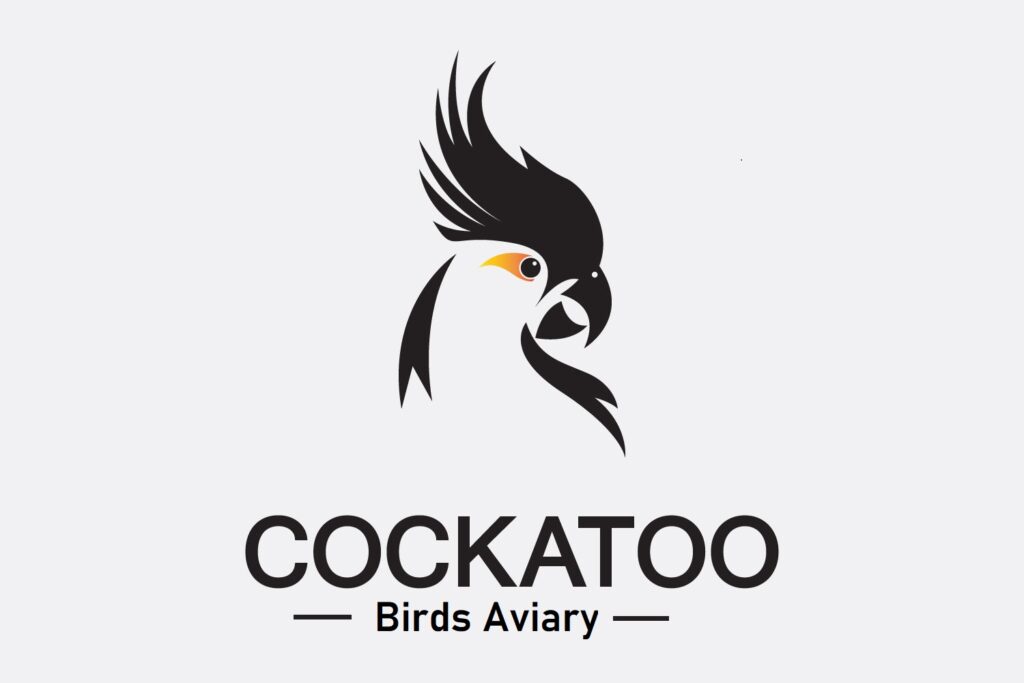

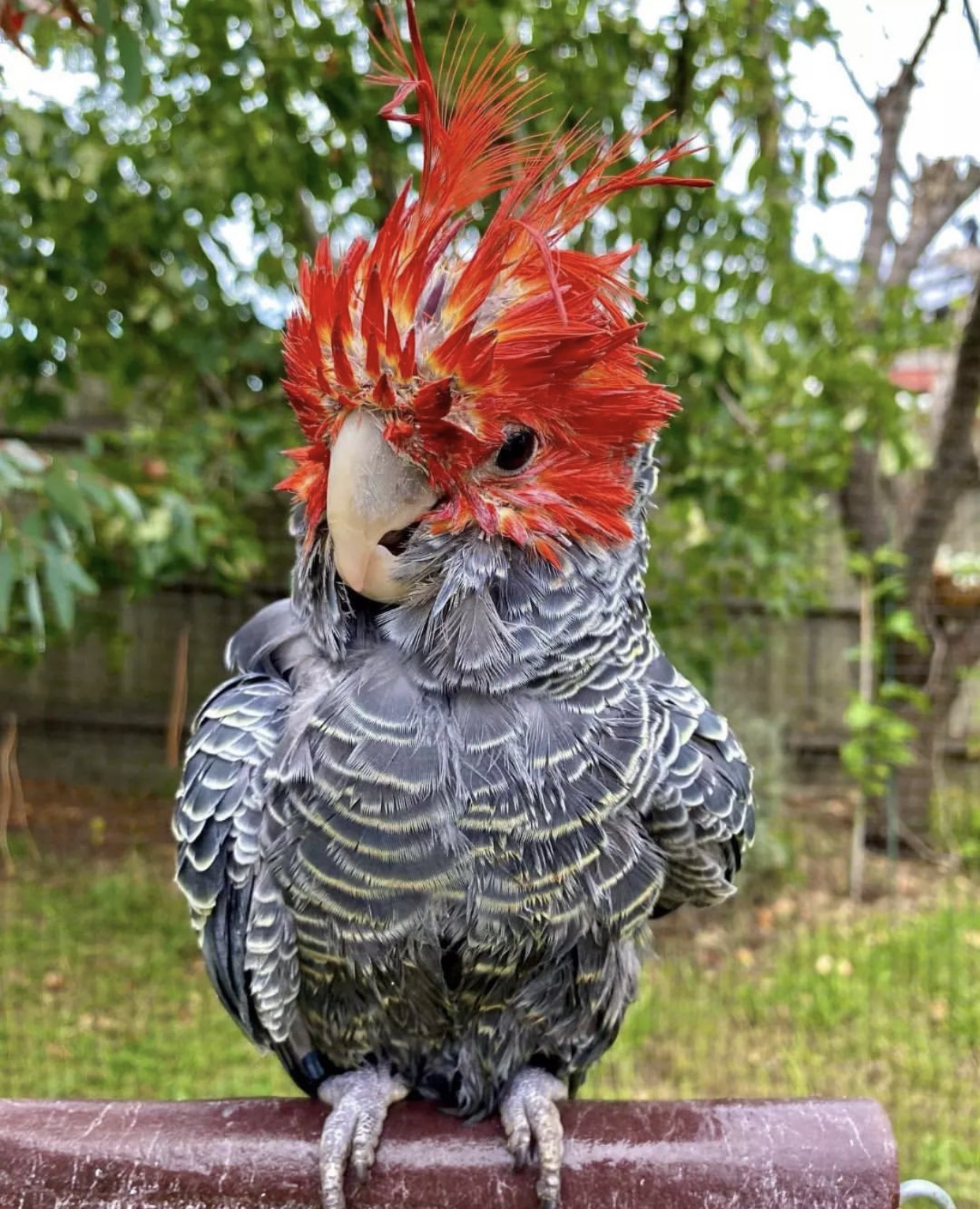
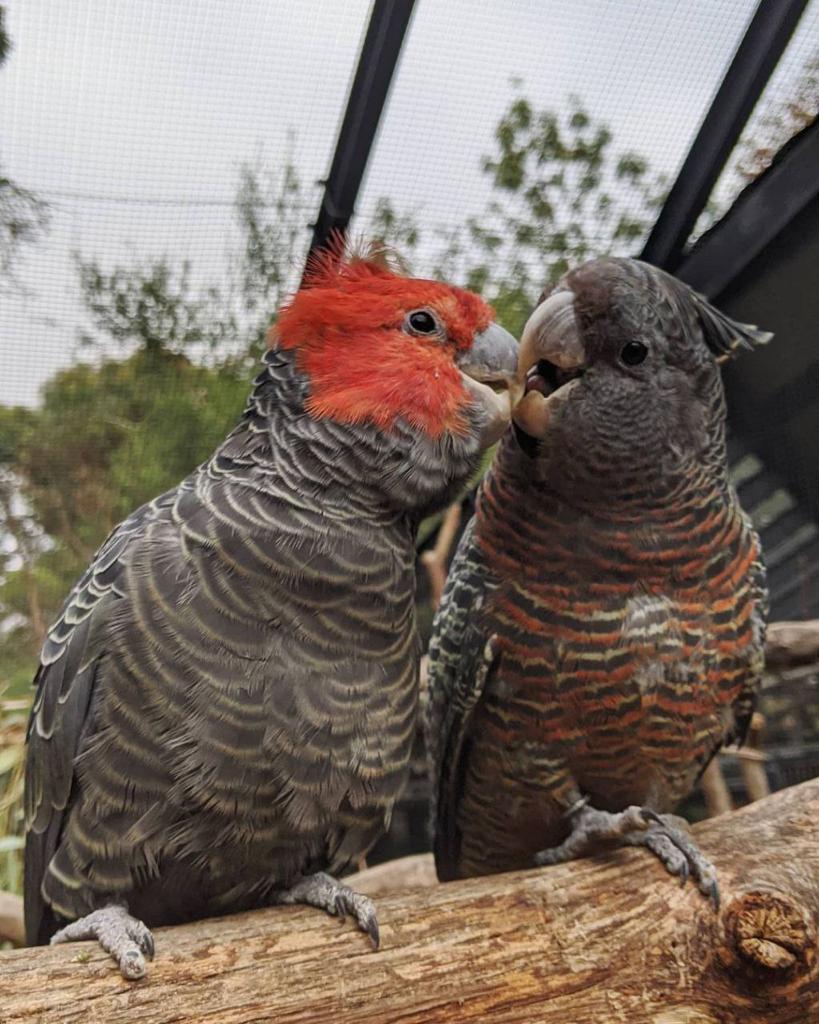
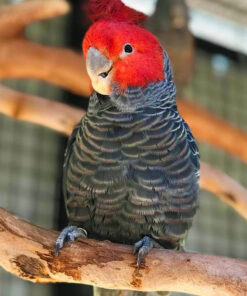
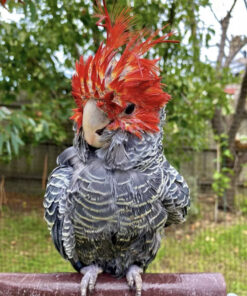
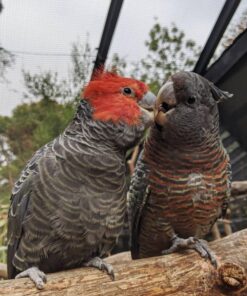

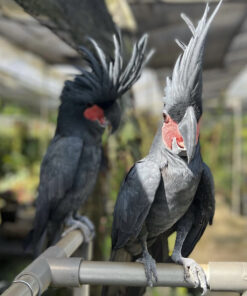
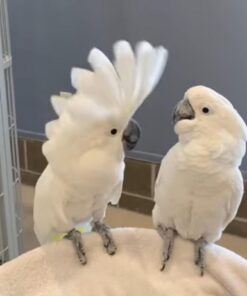
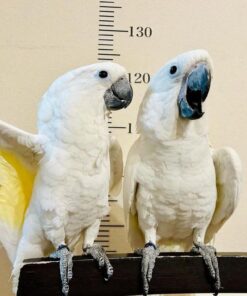
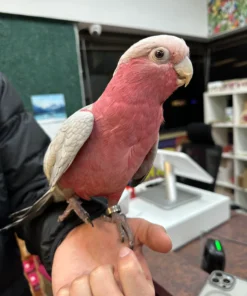
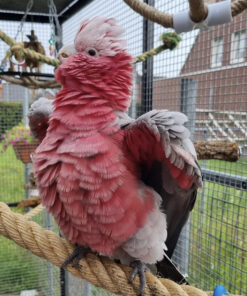
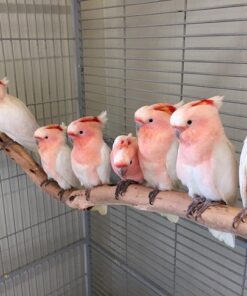
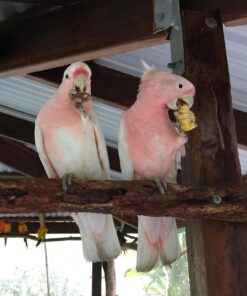

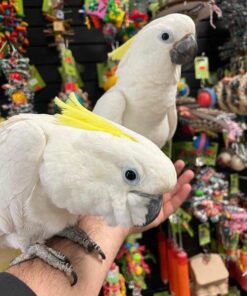
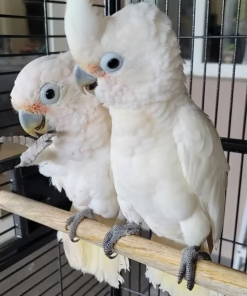
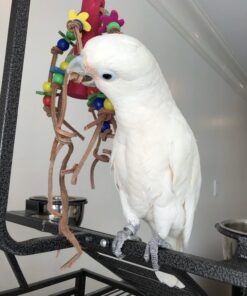
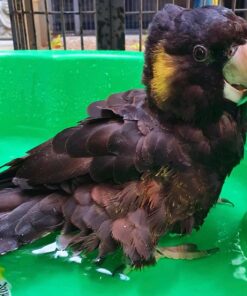
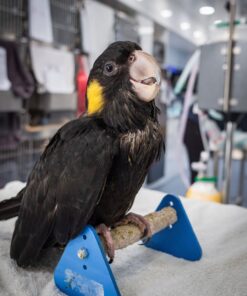
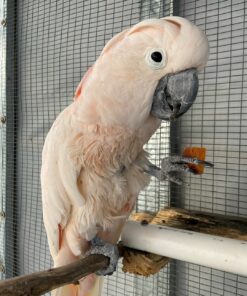
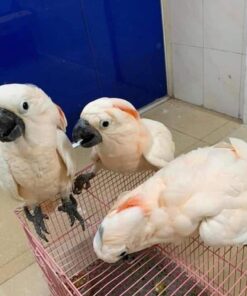
Reviews
There are no reviews yet.